
Characterized by its unique and colorful scenery, picturesque architecture and prosperous coffee farms (fincas), coffee aromas and breathtaking landscapes. Exploring family-run coffee plantations, staying at gorgeous colonial-style fincas and relaxing surrounded by the region’s lush rolling hills makes Colombia’s Coffee Triangle a highlight destination in South America. The region will easily seduce you with its visually stunning and expansive views of plantations and rolling hillsides.
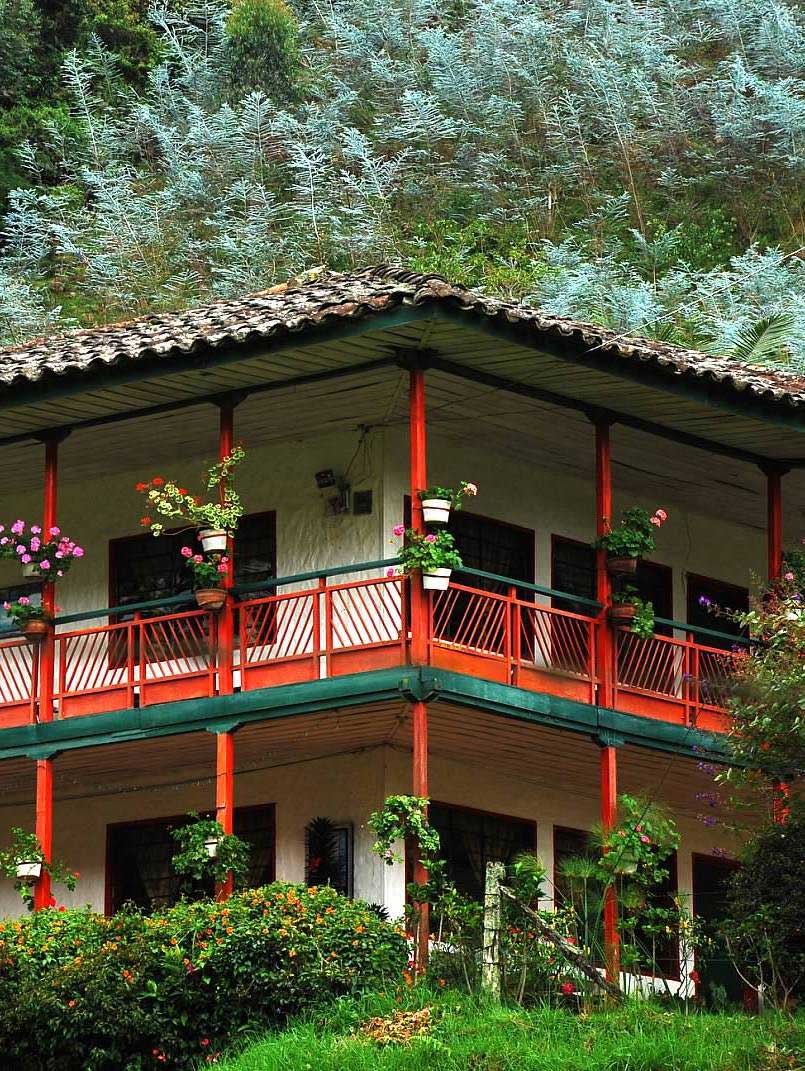
STUNNING LUSH GREEN HILLS & PLANTATIONS
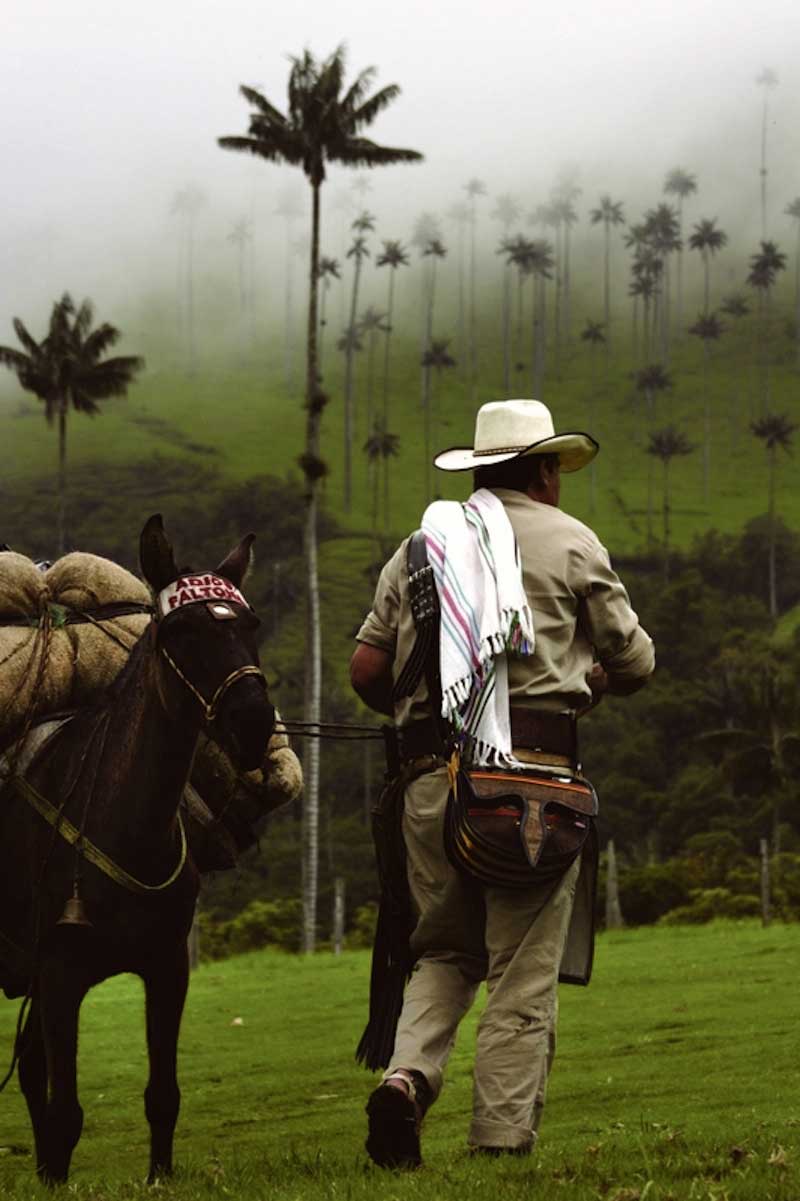
This region is also much more than just coffee farms and you will be left glued to the spot in admiration as you stare out across the green patchwork for as far as the eye can see in the Valle de Cocora. Tucked between the rugged Andean peaks, the Cocora Valley is like a scene from a Dr. Seuss book with the ever-present Wax Palms rising 200ft. (61m) up into the air adding to the already surreal landscape.
The region is considered to be the first true rural destination open to tourism in Latin America, due to the traditional fincas opening their doors for tours and visits as well as accommodation. Colombia’s Coffee Triangle will give you an authentic and heartwarming travel experience.
build your clients trip with our experts


The Coffee Triangle
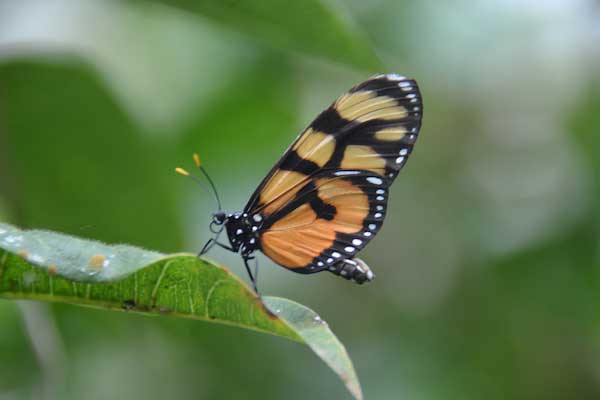
Quindo Botanical garden
Located in the municipality of Calarca close to Armenia, this park offers a spectacular Butterfly Park and also a beautiful natural forest. The forest stretches over 13 hectares and is filled with enormous diversity including more than 600 species of plants, over 70 species of birds and more than 2,000 species of butterflies.
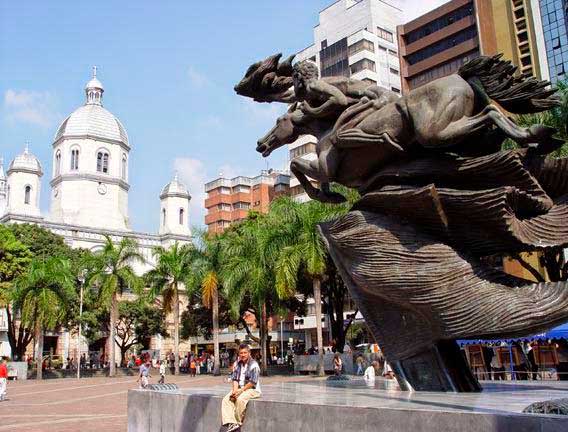
Bolívar Plaza
Plaza Bolívar is the heart of Manizales, and is both financial and commercial center of the city. The striking Bolívar Cóndor statue is in the center of the plaza, there are also two ceramic murals by the local artist Botero, and two great monuments the Cathedral of Our Lady of Poverty and the Monument to the Naked Bolivar.
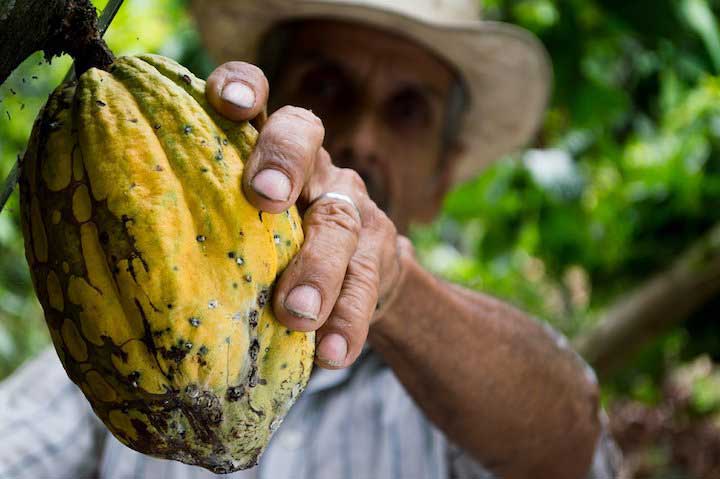
Panaca
The Panaca National Agricultural Culture Park hosts more than 4,500 animals that can be pet and fed. In the coliseums they present shows with acrobatics, trovas and music which is quite amusing, there are also more adventurous activities for adults such as horseback riding and other activities full of adrenaline.

Los Nevados Nat’l Park
The park is located on the Coffee Triangle, in the northern volcanic complex formed by three volcanoes. The park serves as conservation of ecosystems around the world, such as bushes, swamps, lagoons and grasslands, the super-paramo and the high Andean forest. Visitors can interact with the peasant community around the park and enjoy typical food and buy handicrafts.
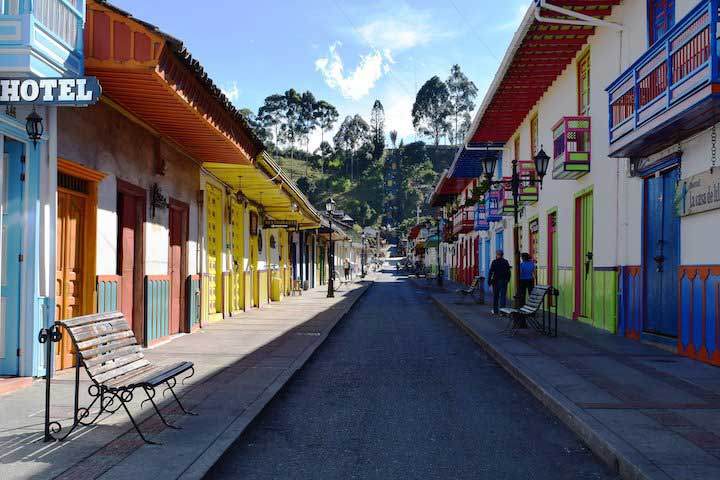
Mirador De Salento
Located 15 miles (24km) from Armenia is the small traditional village of Salento. With colorful balconies, typical colonial architecture and handicrafts shops you can walk along the Calle Real (Royal Road) leading to a stunning view over the Cocora Valley.
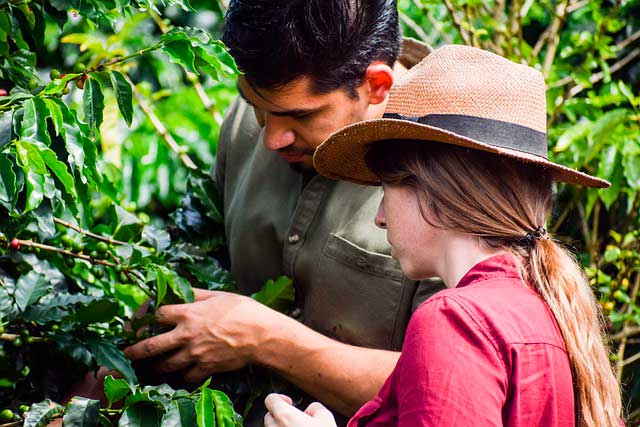
Las Acacias Coffee Farm
Las Acacias is a typical family-run farm where coffee is grown alongside a variety of other crops, but the special feature here is their focus on the social side of family farming. The farm is around a 40 minute walk from the town centre of Salento, having a Jeep tour to visit is a popular and always exciting way to explore this area.
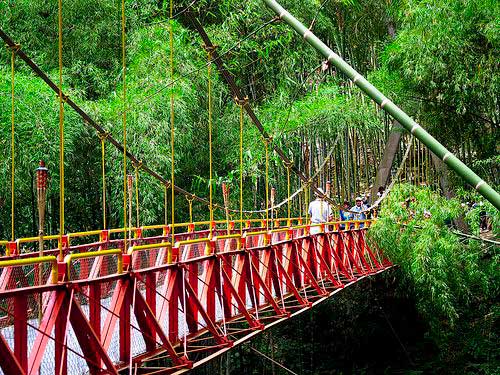
Cafe Park
The park provides numerous cultural and recreational activities to encourage ecotourism in the region, and preserves the cultural and historical heritage of coffee in Colombia. This amusement park is full of all the splendor of the countryside of Quindío and is the best place in the area to experience all the beauty and history of Colombia’s coffee culture.
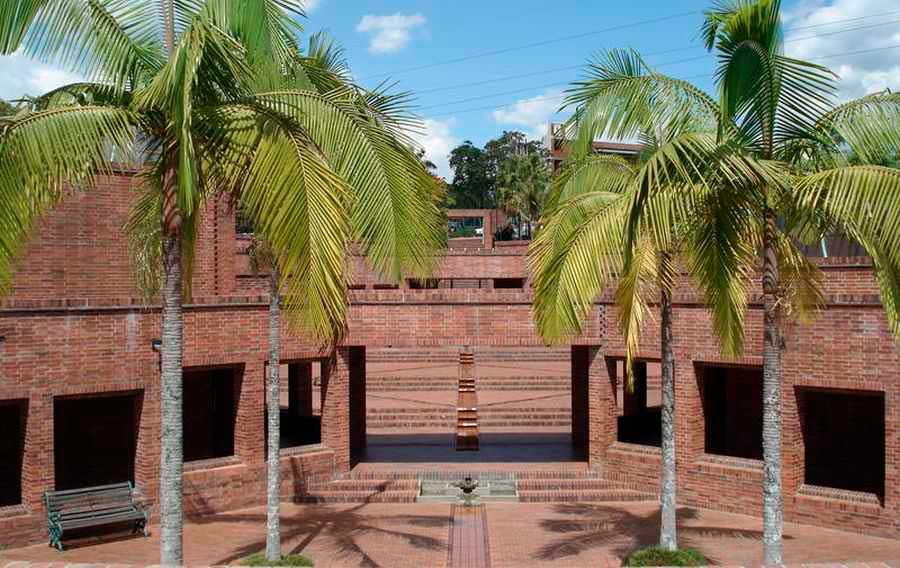
Museo del Oro Quimbaya
The museum is considered an architectural and cultural gem, and hosts one of the finest archaeological collections in the region. On display are works made of goldsmiths and ceramics, showcasing the indigenous pre-Colombian cultures and the art of the Quimbaya cultures, one of the communities that populated the Middle Cauca.

Cocora Valley
This National Park is home to Colombia’s national tree, the Quindío Wax Palm. This palm is also the tallest palm species in the world, reaching heights of up to 200 ft. (61m) tall! Within the spectacular Cocora Valley you can enjoy hiking through the Bosque de Niebla (Misty Forest) and exploring the vast beauty of surrounding flora and fauna.
destination map

| Title | Address | Description |
|---|---|---|
Bogota | Bogotá, Colombia | Colombia’s capital is surrounded by cool Andean peaks and, to give you an impression of its size, it consists of approximately 1,000 neighborhoods, each adding a different angle to this lively metropolis. The city is located in the center of the country at 8,660ft (2,640m) above sea level. With people coming from all corners of the country, this capital city is as diverse as the entire country. Read more… |
Medellin | Medellín, Antioquia, Colombia | Once the home of Pablo Escobar, Medellin also known as the ‘City of Eternal Spring’ has become the Silicon Valley of South America and is a jewel in the crown of Colombia. Nowadays this thriving city is one of the safest cities in Latin America offering mountain and valley views, Medellin has a friendlier and provincial town feel to it rather than a bustling metropolis. Read more… |
Cartagena de Indias | Cartagena, Provincia de Cartagena, Bolívar, Colombia | The magic of Cartagena lies at the foundation of its fortifications, warmth of its people, wealth of its architecture and endless cultural expressions of a fierce and courageous people. Gorgeous cobblestone alleys with elegant balconies, colorful flowers, massive churches and eye-catching terraces. The city is perfect to stroll around and soak up the relaxing and sensual atmosphere. Read more… |
The Coffee Triangle | Eje Cafetero, Colombia | Exploring family-run coffee plantations, staying at gorgeous colonial-style fincas and relaxing surrounded by the region’s lush rolling hills makes Colombia’s Coffee Triangle a highlight destination in South America. The region will easily seduce you with its visually stunning and expansive views of plantations and rolling hillsides. Read more… |
Villa de Leyva | Villa de Leyva, Boyacá, Colombia | Cobblestone streets, Spanish-style villas, and small-town pace give Villa de Leyva a charming, frozen-in-time feel. Villa de Leyva and surrounding countryside are among the safest places in Colombia to wander off the beaten track to explore the multiple waterfalls, a nearby desert, adventure-sport opportunities, and even a couple of vineyards. Read more… |
Santa Marta & Tayrona | playa de Cañaveral, Santa Marta, Magdalena, Colombia | Unrivaled architectural heritage, Santa Marta is the perfect starting point to visit Tayrona National Park or visiting the “Lost City”. There is a small beach and boulevard, Santander Park and Bolivar Square are pleasant places to stroll around. Santa Marta’s climate is hot, but the sea breeze makes it pleasant to sip from a fresh fruit juice or cocktail in one of the open-air cafes. Read more… |
San Agustin & Neiva | Neiva-San Agustín, Neiva, Huila, Colombia | Neiva serves as a hub for travelers headed to San Agustin, declared a UNESCO World Heritage in 1995, San Agustín preserves the relics of a pre-Colombian culture that thrived in the area for more than 7 centuries. Visitors to the Archaeological Park can stroll back through the centuries marveling at the huge life-sized statues symbolizing fertility, maternity, and the alter ego as well as realistic and sacred animals.Read more… |
Depending on your client’s preferences, we can help you determine the best experiences tailored for your clients. From where to visit, when to go, what to do and how to get there safely, our travel experts will help you create an experience your clients will love.
Along with the rich and fertile volcanic soil of the Coffee Triangle, one of the main reasons for the success of coffee production in the area is down to its climate. The consistently warm temperatures and precipitation throughout the year make for perfect conditions to cultivate coffee plants. Colombia’s Coffee Region has a very humid climate and it rains almost every month due to its tropical rainforest climate. The quantity of rain varies with March, April, May, September, October and November being the wettest months.

Best times to
visit the Coffee Triangle
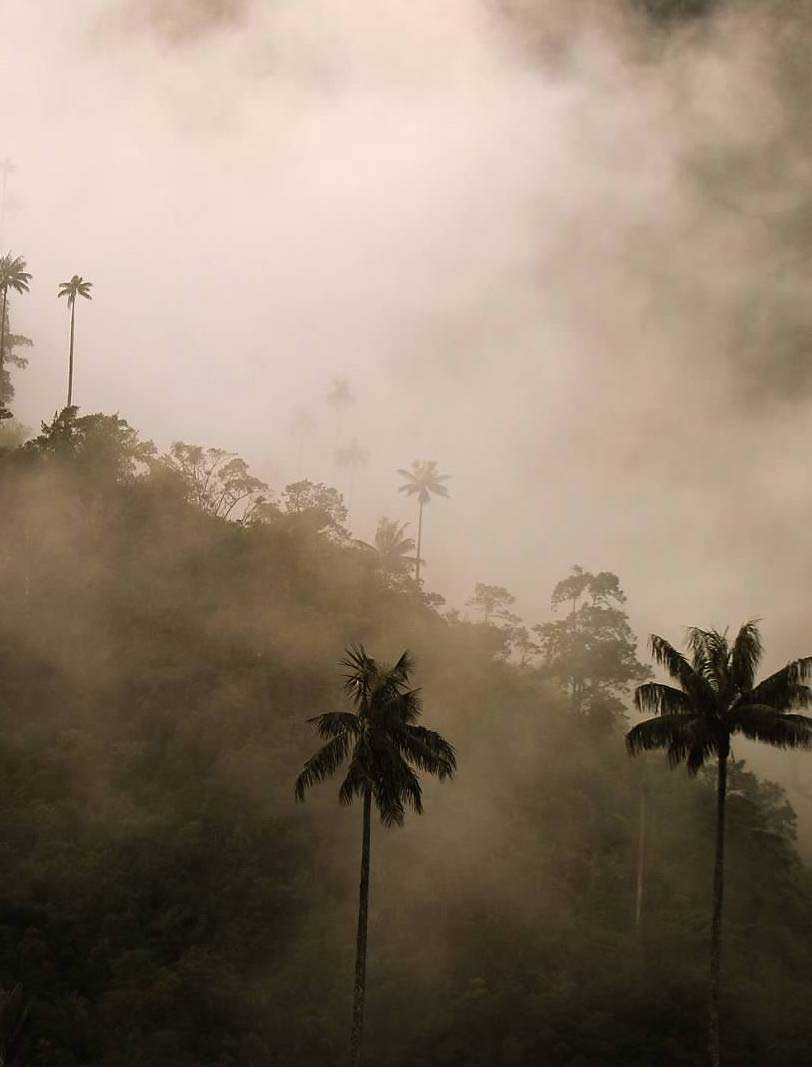
Average temperatures vary little throughout the year (64-81°F / 18-22°C) making deciding what to pack when traveling to the Coffee Region that much easier. We recommend light clothing that will help you deal with the high humidity levels as well as a sweater and light jacket for the cooler evenings. To save on suitcase space, and depending on your other travel destinations an umbrella rather than a rain jacket may come in use as well as ensuring you are comfortable with the average humidity levels of 81%. If you are looking to avoid the refreshing and short downpours, July is the driest and warmest month to travel to the Coffee Cultural Landscape of Colombia.
practical information
HOW TO GET THERE
Pereira’s international Aeropuerto Matecaña is 3.1 miles (5km) west of the city center. The bus terminal is less than 1 mile (1.5km) south of the city center with regular departures from Bogotá (9 hours) and a number of buses from Medellin (6 hours) and Cali (4 hours). Pereira’s Megabus system runs cross-town and is similar to Bogotá’s TransMilenio, but on a smaller scale.
Aeropuerto Internacional El Edén is 11 miles (18km) southwest of Armenia near the town of La Tebaida and serves both national and international flights with direct flights arriving from Fort Lauderdale, Florida in the United States. Armenia’s bus terminal is less than 1 mile (1.5km) southwest of the center and can be reached by frequent city buses. There are plenty of buses that run to Armenia from Bogotá (8 hours), Medellin (5 hours) and Cali (3.5 hours).
GETTING AROUND
Taxis are cheap, safer, and a preferable mode of transport within the city – private taxis should be called by telephone as they are more trustworthy.
WHERE TO STAY
There’s a wealth of accommodation to choose from in this region. Staying in the Coffee Triangle is a unique experience as you swap traditional hotels for a traditional and authentic finca. This allows you to not only experience the true beauty of Colombian tradition but also the stunning views of the green mountains and coffee aromas that typically surround Colombian fincas.

more highlights of Colombia
With eight local offices in Latin America, we have the perfect base to help you build the perfect trip for your clients. Unrivaled experience with a wide selection of bed & breakfasts, small posadas, unique boutique hotels and world class luxurious lodging.
